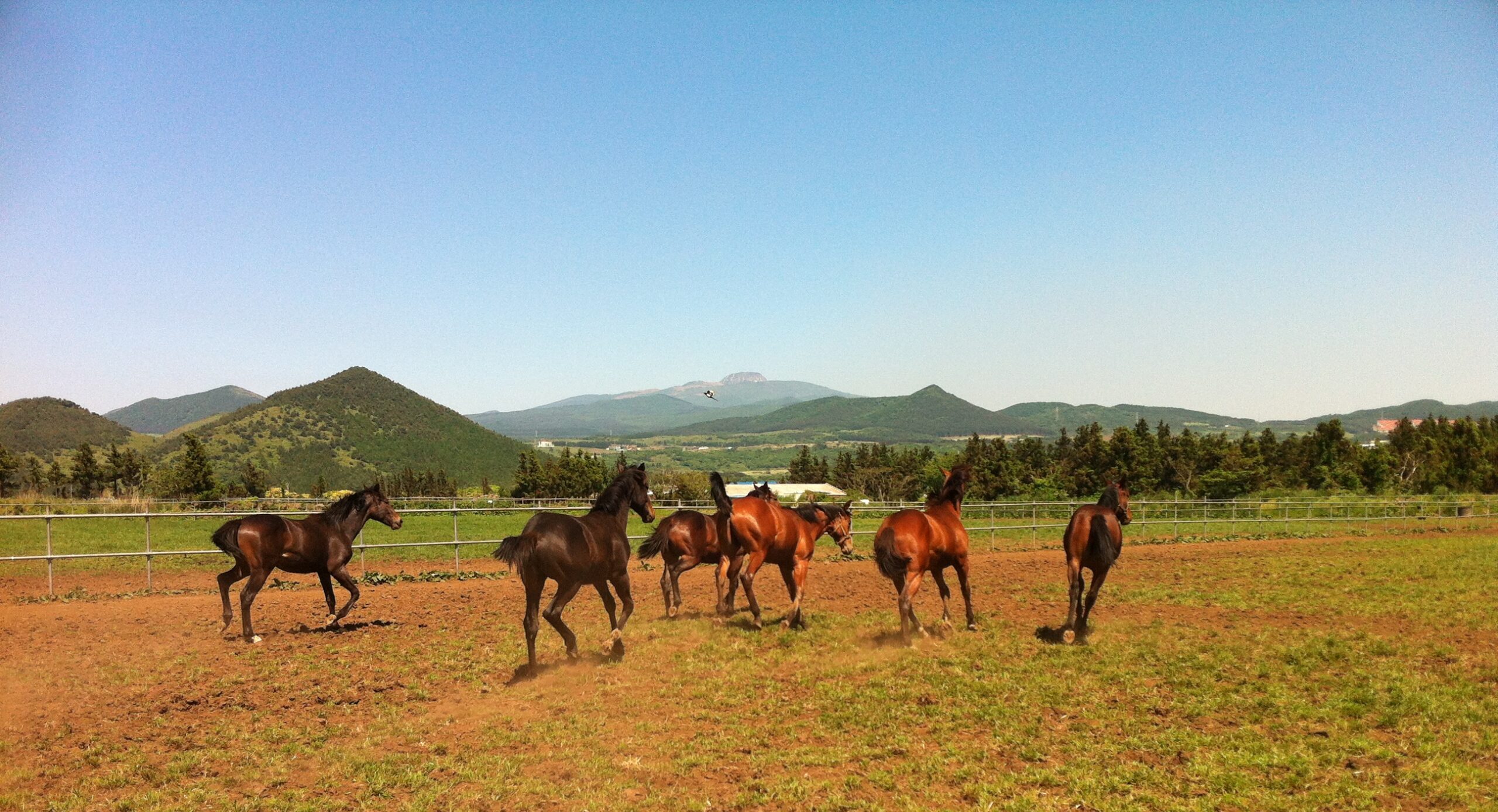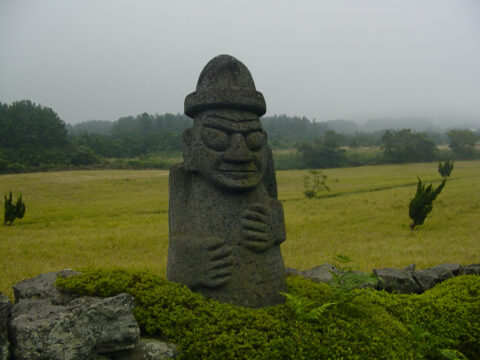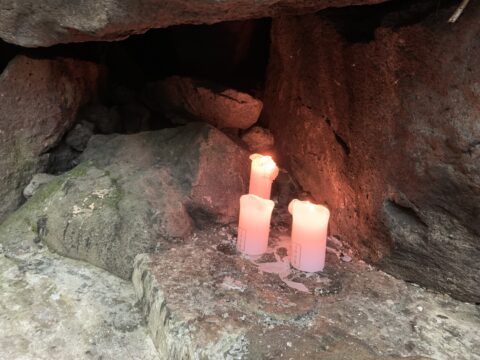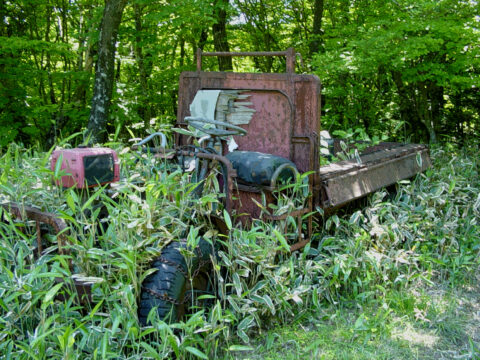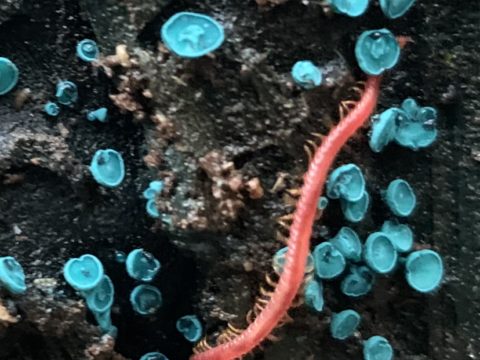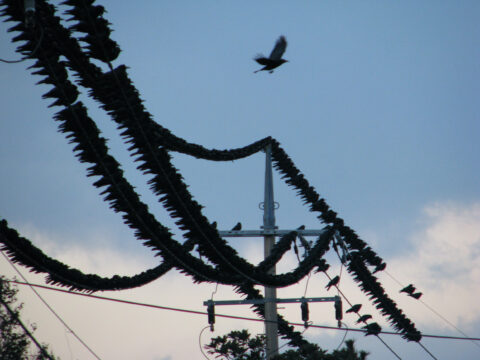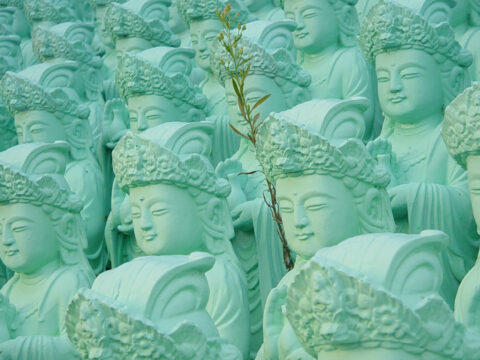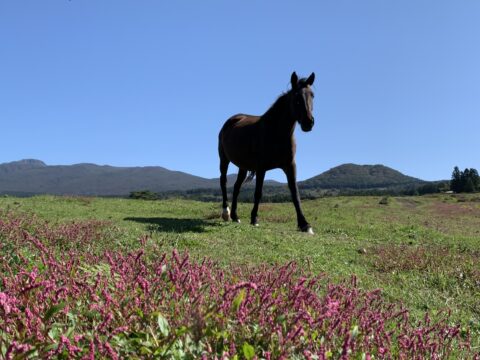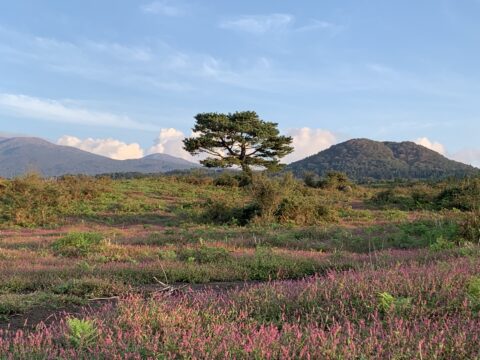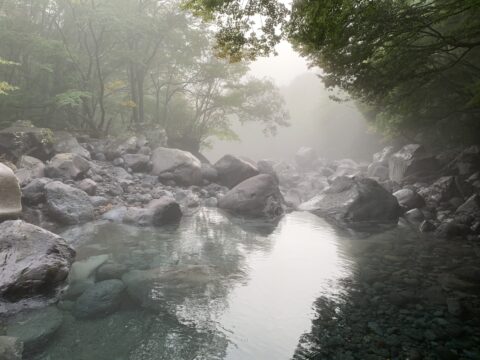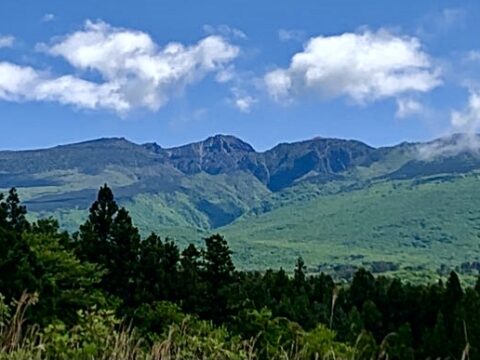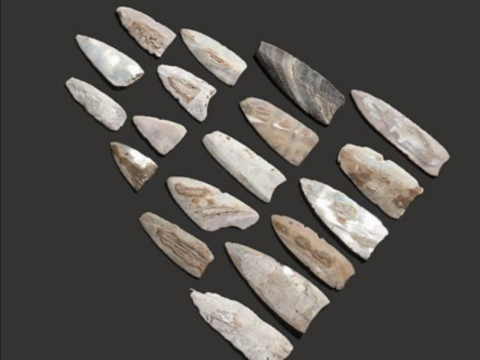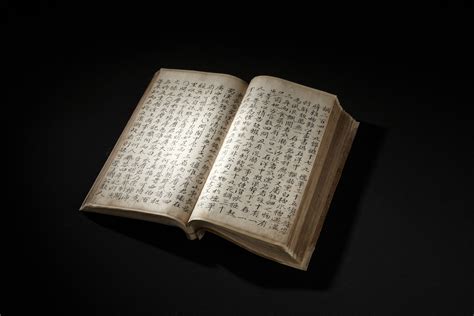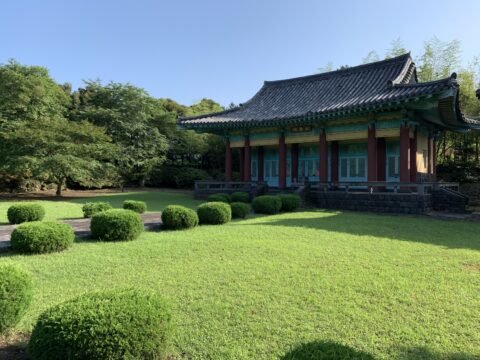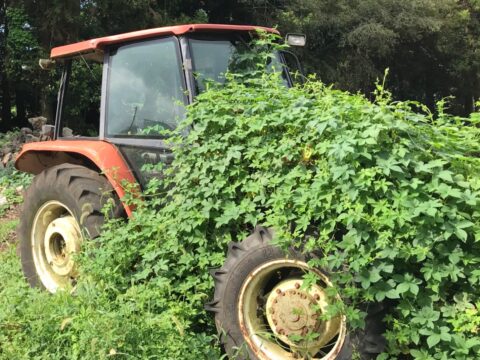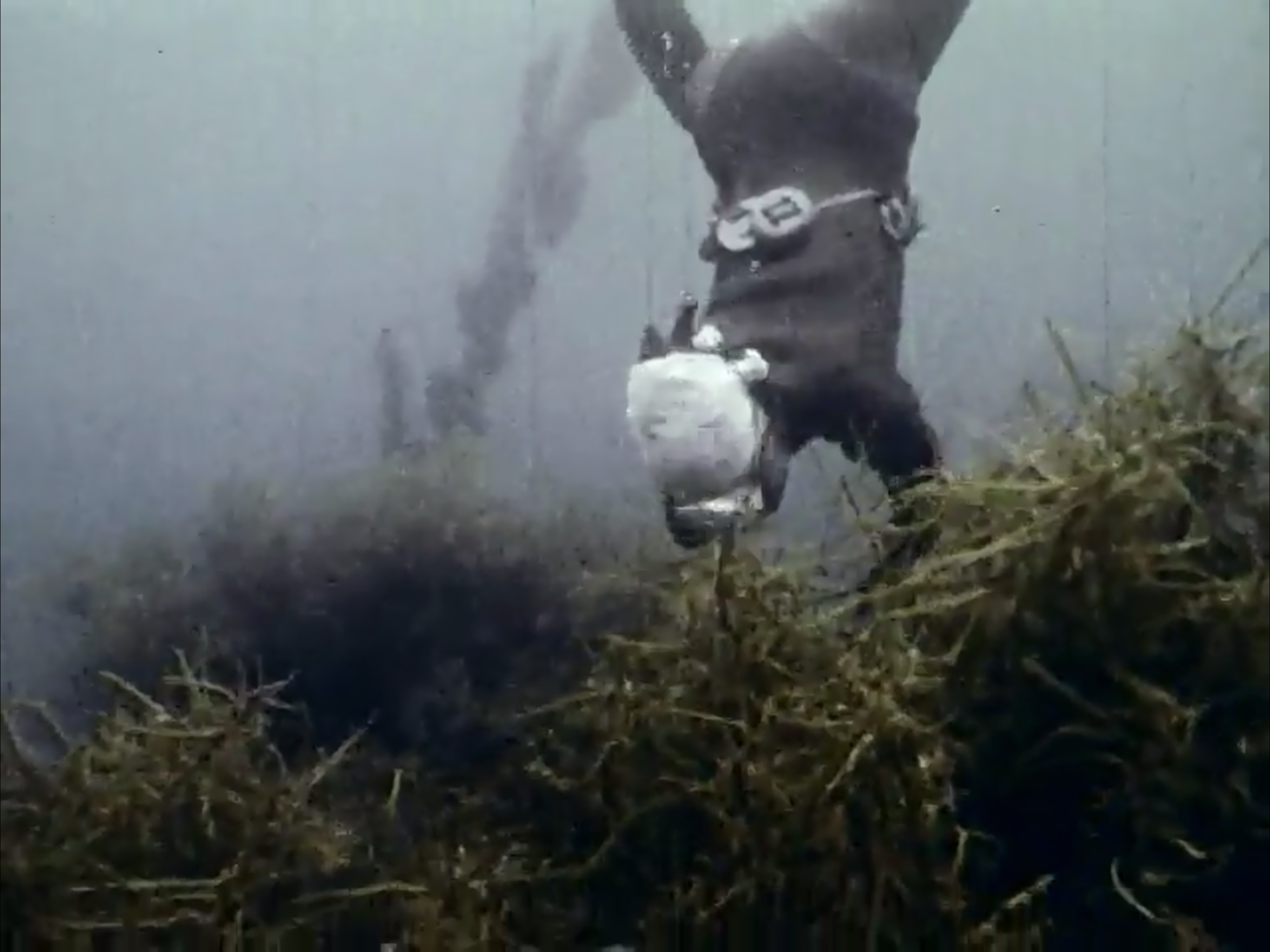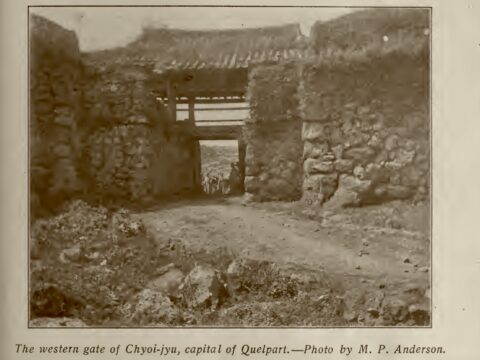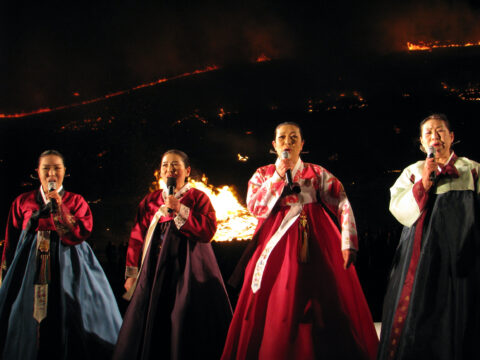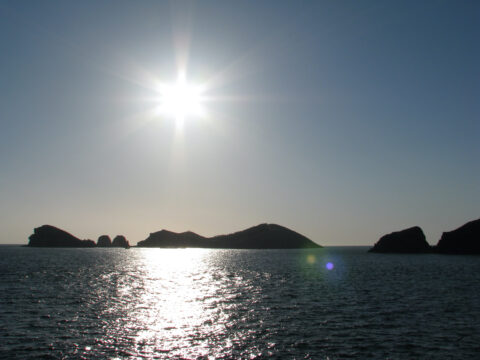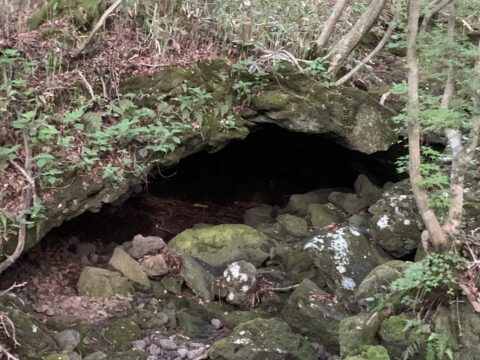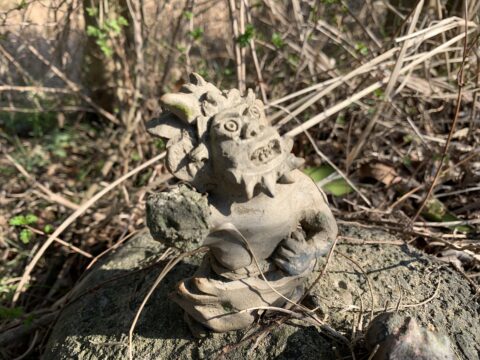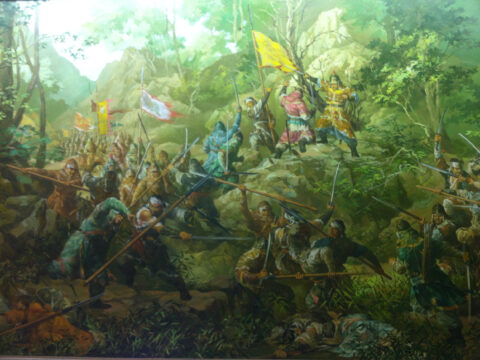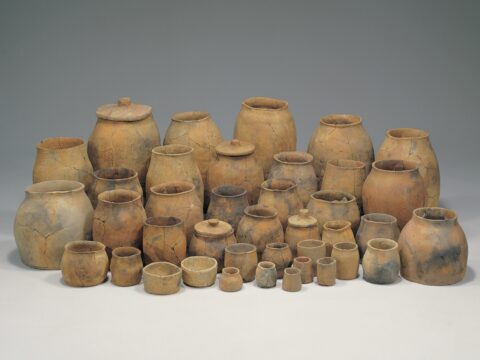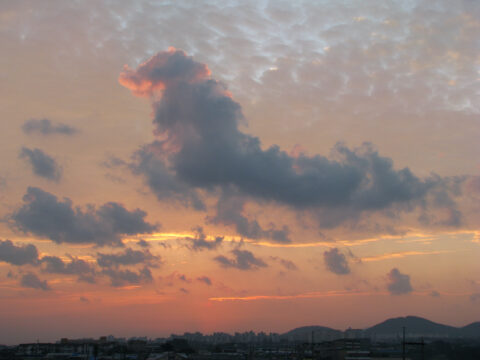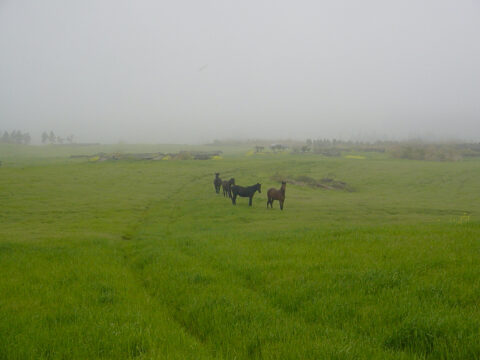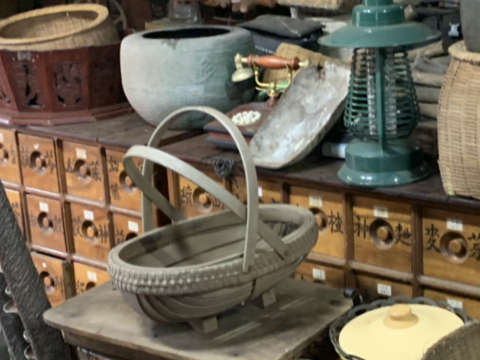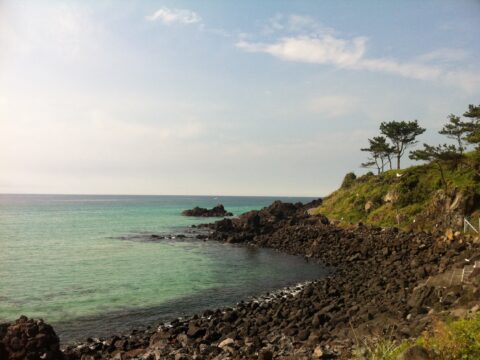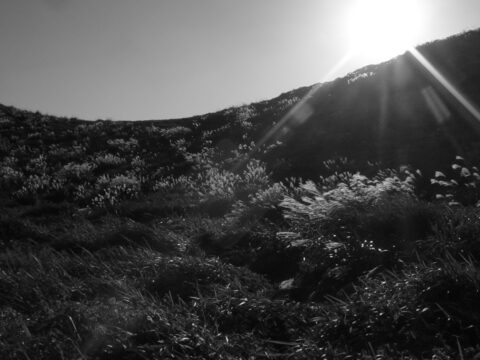Category: Uncategorized
Jeju as Juho in the Records of the Three Kingdoms
The Records of the Three Kingdoms is a Chinese historical text which covers the history of the late Eastern Han…
Local Products
Jeju has long been known for its tangerines, horses and abalone. Here is a list of some of the finest things the island has to offer.
Heavenly Honey
Visit Honey Story 허니스토리 to purchase pure honey collected and processed in Jeju. They have a huge selection of different…
Abalone Shell Knives and Arrowheads
People in Jeju built villages and developed complex societies during the iron age. This was the beginning of the Kingdom…
Historical Documents
English translations of historical documents about Jeju.
Myth of the Three Clans in the “History of Goryeo”
The myth of the founding of the state/kingdom of Tamna comes from several sources; it appears in both oral tradition…
Museums and Research Centers
Museums The 제주국립박물관 Jeju National Museum has a fantastic collection of well-displayed artifacts. The display panels are all in English,…
Jeju History and Culture Resources
It is hard to find good information in English about Jeju. Here are some resources for the study of the…
Video: The Life of a Young Haenyeo in Bukchon Village in 1975
Journal Films, Inc – Families of the World / Produced by Canadian Broadcasting Corp in association with UNICEF From the…
Forty Days in Quelpart Island (1914)
Quelpart is the name formerly used by Europeans to refer to Jeju Island. This article was written by Malcom P….
The “Amazon Women of Quelpart”
The following is from Homer B. Hulbert’s A COMPARATIVE GRAMMAR OF THE KOREAN LANGUAGE AND THE DRAVIDIAN DIALECTS OF INDIA…
Drifting Across the Sea: Jang Han-Cheol’s Diary
The seas surrounding Jeju held many dangers for sailors and fishermen in the past. Sharp volcanic rocks lie below the…
The State of Tamna
As villages on the island grew larger and more prosperous, a stratified society developed on Jeju sometime around the beginning…
Governor Lee Ik-Tae’s Jiyeongnok
Photo: Jeju National Museum In 1694, King Suk-jong of the Joseon dynasty sent Lee Ik-tae to Jeju to take up…
Prehistoric Rock Shelters
During the paleolithic period, meaning “old stone age”, Jeju was not an island. Glaciers covered much of the earth and…
18th Century Jeju in the Tamna Sullyeokdo
During the Joseon dynasty, the island of Jeju was one among several large administrative districts in the nation called a…
The Sambyeolcho and Hangpaduri Fortress
Did you know that you can tour the remains of a fortress that was built nearly 750 years ago on…
Gosanri-Style Pottery
Photo: Jeju National Museum By the end of the last ice age around 10,000 years ago, rising sea levels had…
Authors, Books and Articles
Books, Journal Articles, Newspapers, Websites, Documentaries, Blogs …
Samda: Three Abundances
Jeju has long been known for having three things in abundance, called the samda. These Three Abundances of Jeju Island are wind, women and stone.
Gods and Goddesses
Jeju is home to mountain gods and grandmother goddesses, divine ancestors and serpent spirits, dragon kings and immortal celestial beings.
. … ……… Jeju.Guru ……… … .
